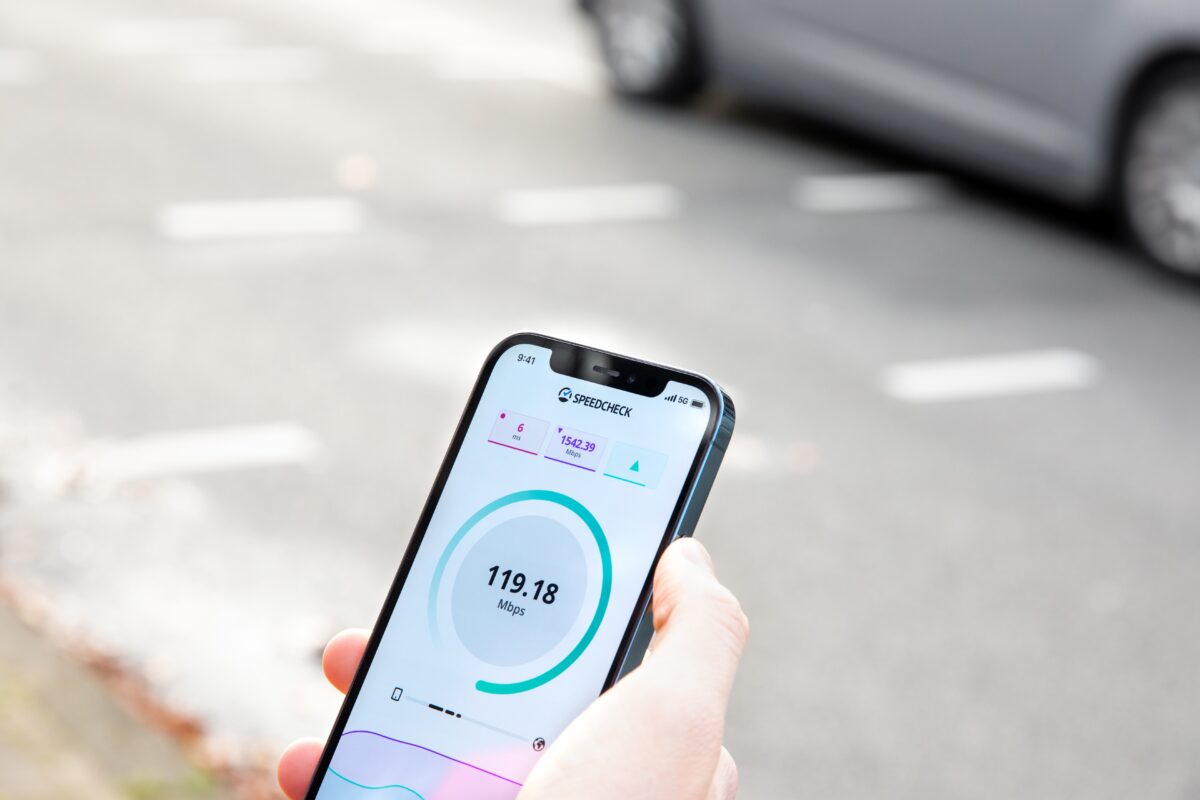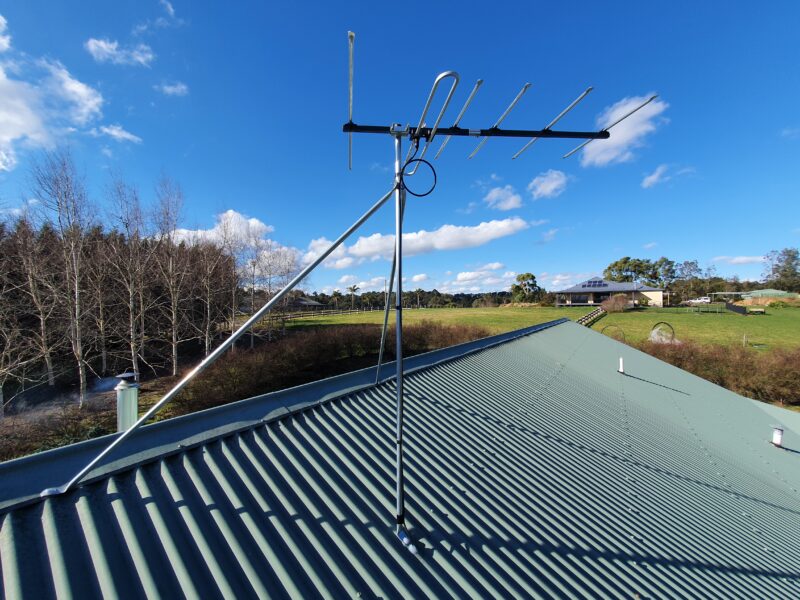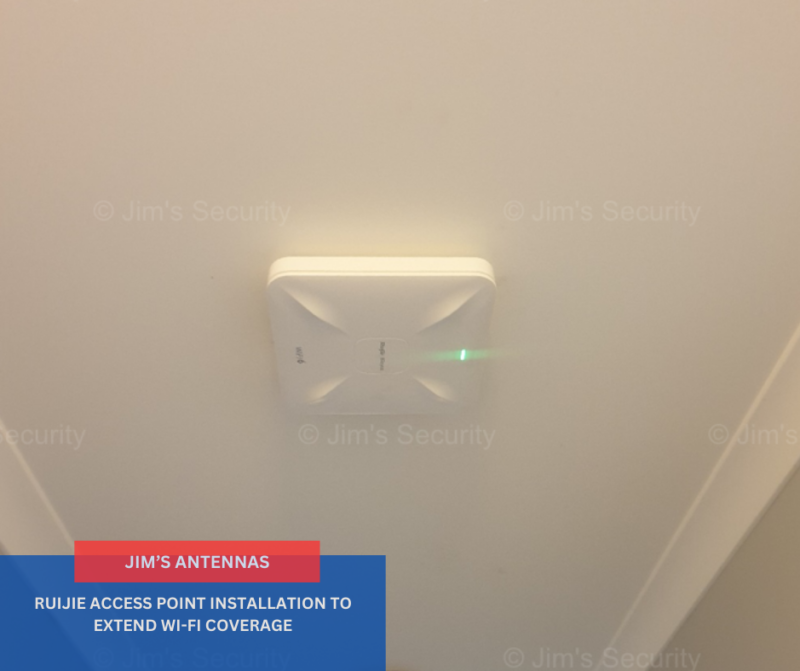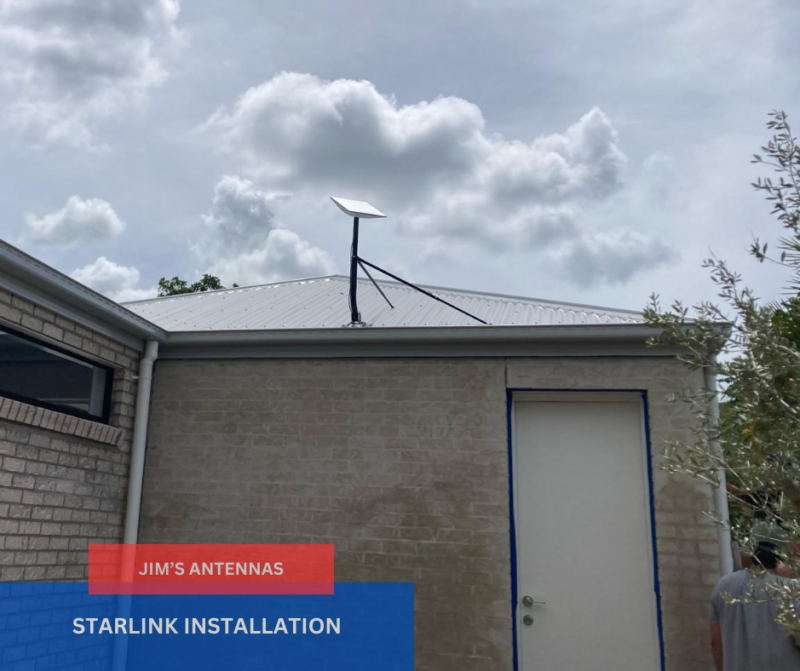Experiencing Slow Internet Speeds? Find Out Why by Running an Internet Speed Test
Whether you’re accessing your Internet through the NBN, ADSL or Cable there are a number of factors, ranging from inside your home to external influences, which may affect your internet speed.
If you are experiencing slow internet, the first thing to do is check your connection type (Fibre through NBN, ADSL or cable).
Next, you will need to determine whether your internet is slow due to congestion, your RSP (Retail Service Provider i.e. your internet supplier) or as a result of your individual set-up, by running an internet speed test.
You can easily test your internet speed online either Fast.com or speedtest.net. Both sites will show you the download, upload, and latency of your internet connection.
When completing a speed test make sure that you only test one device at a time. If attempting to complete two speed tests on different devices at once, results may vary. That said, it is worth testing different devices to rule out the possibility of slow speed being a hardware issue related to a specific device.

Before checking any associated hardwired points/outlets, we strongly suggest first running an internet speed test directly from your modem. When testing your Wi-Fi signal, also be sure to test devices from different rooms and locations in and around the property.
How to Run Tests Directly Through Your Modem:
On the back of your modem locate the port labelled either ethernet or LAN and insert an ethernet cable. Then connect the other end of the cable into the ethernet port on your computer. Disconnect the black power cord from the back of the modem and then shut down your computer – wait ten seconds and then turn back on. Disable any wireless connections on your computer to make sure it only looks for the ethernet connection. Reconnect the power cable into the back of the modem and allow a short period of time for the modem to come back online. Then you’re all set to test your connection directly from the modem using Fast.com or speedtest.net.
Understanding the Results of Your Internet Speed Test:
Is Your Internet Speed at the Modem Quicker than at Hardwired Points/Outlets?
If the test at the modem is much quicker than the hard-wired points/outlets, this suggests that there is an issue with the data cabling running to those points/outlets.
Is Your Internet Fast in Some Areas but Slow in Others?
Low range or incorrectly placed wireless modems and routers are a common culprit when it comes to slow Wi-Fi.
A good wireless router should cover a single storey four-bedroom home if placed in the centre of the house. If installed at the front of the home, it may struggle to reach the back end of the house. In this instance an extended or more powerful router may be required. If your Wi-Fi is weak in one or more areas, a popular option to improve signal strength is by installing Wireless Access Points. Generally, we recommend Ubiquiti’s professional grade Access Points for their sleek design and reliability.
Is your Internet Speed Slow at the Modem?
If your internet speed direct from your modem is slow contact your retail service provider (RSP). They will assist you in diagnosing whether there is an issue with your internet connection and may offer a solution.
- If your provider is unable to offer you a solution, this may indicate that you are connected to a poor plan. In this case, it would pay to shop around and see what other options are available
- If your RSP advises that the speed coming into the home is much faster than what you are receiving at the modem, there may be an internal issue with cabling. In this case, our licensed technicians are readily available to diagnose faults in your data cabling
When it comes fixing slow or unreliable internet Jim’s Antennas has got you covered. Our fully trained and licensed technicians are not only able to diagnose faults in your data cabling but also offer a range of solutions to extend Wi-Fi around both residential and commercial properties. We can also help you run data cabling to create a hard-wired data point for your computer, TV or other wired device.
Give us a call today on 131 546 or book a free onsite no obligation quote here




